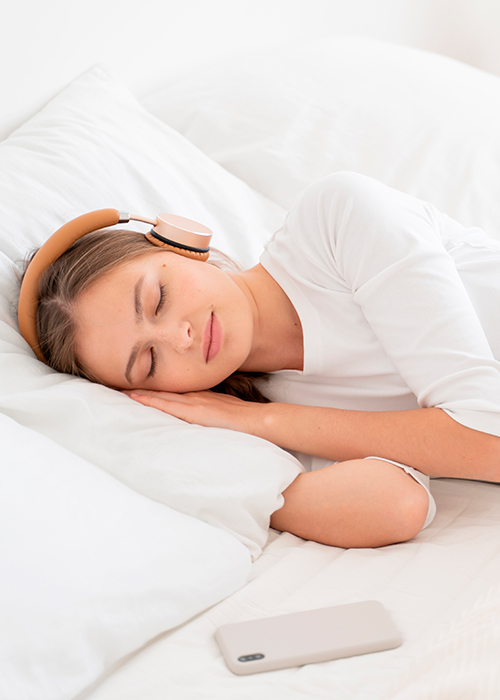Coffee in the morning
Coffee in the morning
The relaxing sound of the coffee maker preparing the first coffee of the day can generate an auditive ASMR experience. Added to the smell of the freshly brewed coffee, it can also contribute to creating a welcoming environment in the office, setting the tone for a productive day.
Typing on the computer
Typing on the computer
The soft sound of keys being pressed can have a relaxing effect, especially when constantly performed. In an office environment, this sound can become a kind of soothing soundtrack that accompanies the work day.
The rain falling
The rain falling
Listening to the rain against the windows or watching it fall through the glass can evoke a calm feeling. Incorporating these stimuli in the design of the work environment can be as easy as adding an ornamental fountain.
Paper shredder
Paper shredder
The sound of a paper shredder can have a calming effect. The constant rhythm of this sound can block unwanted distractions and focus the attention on the task in question.






